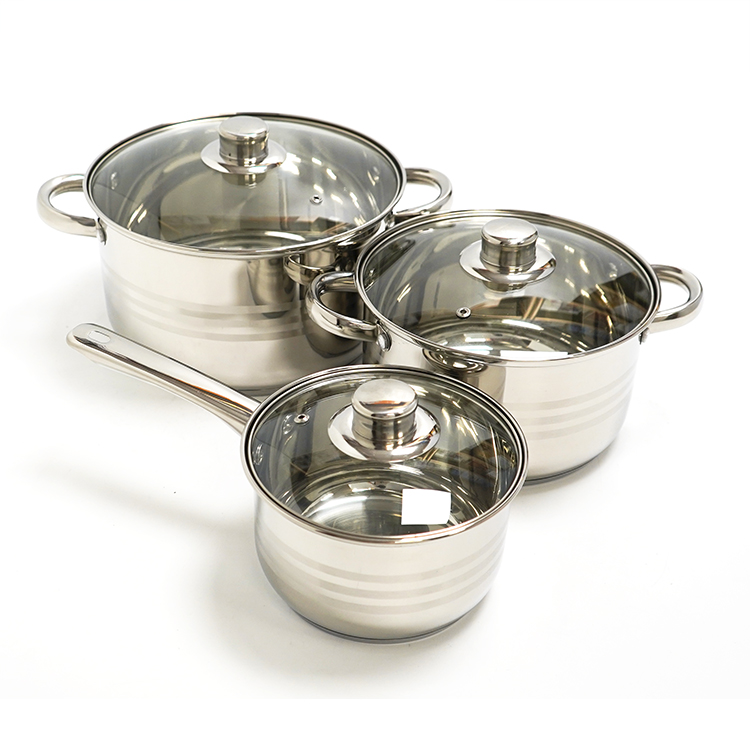Cooking enthusiasts understand that a well-equipped kitchen is incomplete without a trusty sauce pan. This versatile tool serves as the foundation for countless culinary creations, from delicate sauces to hearty stews. In this article, we’ll explore the art and science of cooking with a sauce pan, delving into its features, techniques, and the culinary magic it brings to your dishes.
Selecting the Right Sauce Pan: Choosing the right sauce pan is paramount to successful cooking. Opt for high-quality materials like stainless steel, copper, or non-stick coatings. These materials offer even heat distribution, preventing hot spots that can lead to uneven cooking.
Heat and Temperature Control: The sauce pan’s design allows for precise heat control, making it ideal for tasks that require specific temperature ranges. Whether you’re reducing a delicate sauce or simmering a hearty broth, the sauce pan’s ability to maintain a steady temperature is essential for achieving consistent results.
Saute and Sear: The wide bottom and straight sides of a sauce pan provide ample surface area for sautéing and searing. The high sides prevent spattering and make tossing ingredients easier. Use a combination of butter or oil to achieve the desired level of browning and flavor development.
Creating Complex Sauces: The sauce pan’s low sides make it perfect for crafting sauces. From béchamel to hollandaise, the sauce pan’s controlled heat allows you to gradually incorporate ingredients without fear of scorching. The pan’s shape encourages evaporation, thickening sauces to the desired consistency.
Even Simmering and Poaching: The gentle slope of the sauce pan minimizes evaporation, making it an excellent choice for simmering and poaching delicate ingredients. The liquid remains at a consistent temperature, ensuring that foods are cooked evenly and without becoming overcooked or tough.
Deglazing and Flavor Enhancement: After searing meats or vegetables, the sauce pan’s surface can be deglazed to create flavorful pan sauces. Adding liquid, such as wine or broth, lifts the caramelized bits from the bottom of the pan, infusing your dish with a depth of flavor that’s both rich and satisfying.
Efficient Use of Space: The sauce pan’s design optimizes space on your stovetop. It can accommodate a variety of tasks without monopolizing valuable burner space. This versatility makes it an essential tool for multitasking during meal preparation.
In conclusion, the sauce pan is a cornerstone of culinary craftsmanship. Its precise heat control, versatile design, and suitability for a range of cooking techniques make it an indispensable tool in any kitchen. By mastering the art and science of cooking with a sauce pan, you can elevate your culinary creations and enjoy the satisfaction of consistently impressive dishes.






